
Create your own journey; Experience the best of Northern Spain at your own pace
This website uses its own and third-party cookies, for the proper functioning of the site and to generate usage statistics.
By continuing to browse we understand that you consent to our �ookie policy
Camino Francés is by far the most favoured, most traditional and internationally the most celebrated of the many Camino routes. The French Camino starts in the French village St. Jean Pied de Port and passes shortly hereafter the boarder to Spain. From here it crosses Northern Spain on a route that is all together 800 km. to Santiago de Compostela. Therefore it is also known as the French Camino. A Camino experience of a lifetime.
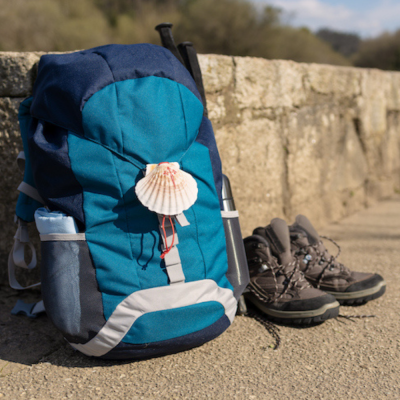
The Whole Camino - Pilgrimage from the Pyrenees to Galicia.
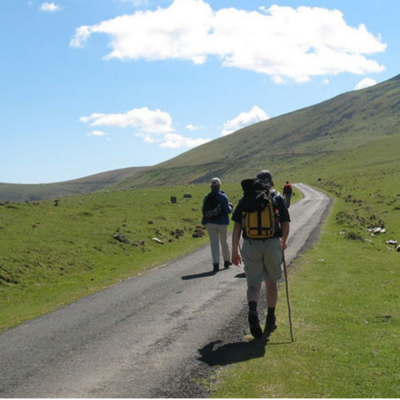
Pilgrimage from France to the vineyards of La Rioja crossing the Pyrenees
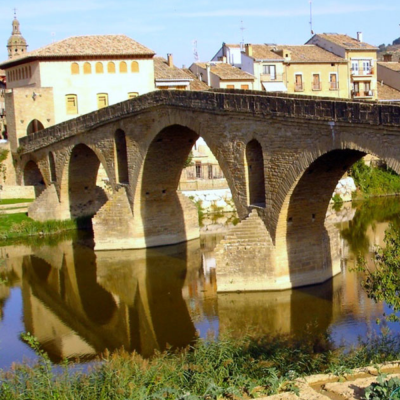
Pilgrimage through vineyards, history, ancient kingdoms, and cathedrals.
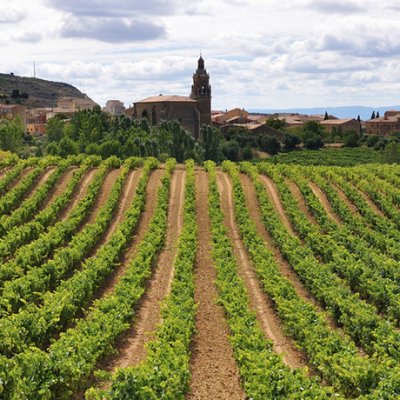
Pilgrimage from the vineyards of La Rioja to the Cathedral of Burgos.
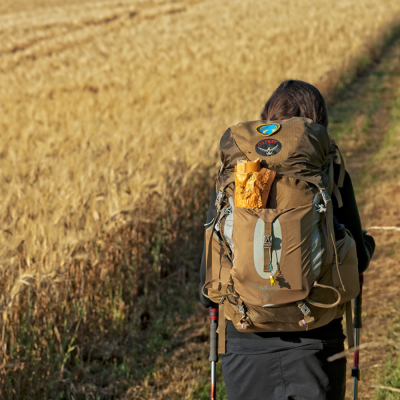
Pilgrimage through the most beautiful cathedrals of Spain
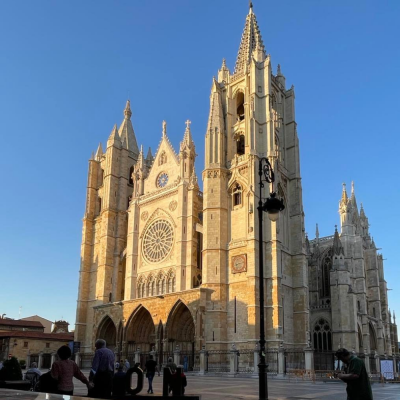
Iconic pilgrimage from León to Santiago. A real classic!
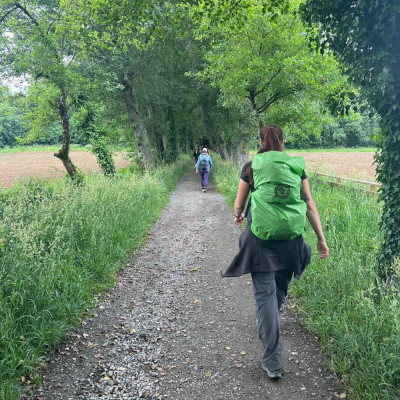
Pilgrimage along the last 116 km from Sarria to Santiago.
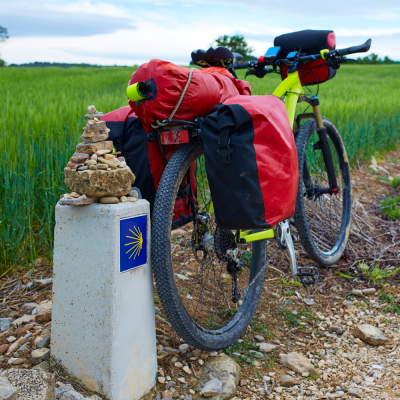
Pilgrimage by bike through incredible landscapes

Pilgrimage by bike from Pamplona to Santiago: Culture and nature.
El Camino de Santiago Francés/The French Way of Saint James is considered the main pilgrims thoroughfare in Europe, this Jacobean trail is definitely the most traditional route. Its tracks can be traced back to the IX century, shortly after the discovery of the remains of the Apostle St. James. Even though it was not the first route used for the pilgrimage, and despite the fact that St. Jame's tomb and the subsequent cathedral were at the far Western end of Europe, hundreds of pilgrims from Germany, Italy, France and other European Countries, soon began to arrive at Santiago de Compostela. The accessible terrain found along the French route caused it to become the most popular of the various pilgrimages to Santiago de Compostela over the centuries. The richness of its landscape and artistic qualities has remained the same since the IX century. As a result, people from all over the globe, from some 150 counties, walk or bike this pilgrimage from France or Spain each year.
After that time, Santiago de Compostela evolved into a final destination for millions of walkers on a journey where they could encounter with thieves and a number of other dangers. For this reason kings and nobility endeavoured to make the Camino safe by protecting the travelers and providing them special help along the way. This, in turn, brought about the birth of new towns and villages all along the route.
By 1135, the French Way had become an established route, as is confirmed by the publication Codex Calixtinus, which in fact may be considered as the first travel guide in history. Attributed to the French cleric Aymeric Picaud, this medieval guide for pilgrims on their way to Santiago, describes in detail the towns, rivers, hospitals and churches that pilgrims would find.
The popularity of the route continues on the agenda of the masses until the XVI century (1434 marks its first documented Year of Jubilee,) with up to a thousand pilgrims arriving to Santiago de Compostela daily. By the mid-twentieth century, however, it began to decline, bit by bit. Because of extensive wars throughout Europe, but also because of disseases in the Mediaval.
In the middle of the twentieth century, after a hard postwar time, the Camino begins to notice the arrival of new pilgrims traveling the old route in search of that old symbol of religious and historical European unity. Associations of Friends of the Camino is founded and the route is pointed out or marked by the characteristic yellow arrows that we know so well today. The Holy Year, 1993, is a turning point for the Camino when the regional government, the Junta, of Galicia shows strong support to recover and provide new interest for the pilgrims reaching Santiago, whether for religious, cultural or physical/sports or spiritual related reasons. From that time, the French Route continues to grow, with numbers each year exceeding the previous.
The advantages of traveling this ancient route are indisputable. On one hand, there's its artistic value, with countless examples of the best Romanesque, Gothic and Baroque art and architecture. And on the other hand, there's also its unique and great natural beauty, which allows the traveler a wide range of experiences, from a chain of enchanting French towns, the rugged Pyrenees, the fortressed villages of Navarra, the wine region of La Rioja, the silent strong Castilian plateau, the beautiful historic city of León, Astorga's Maragata region and Galicia’s green hills. The route also crosses through memorable Spanish towns such as Pamplona, Logroño, Burgos and León with their beautiful cathedrals, and small historic villages such as Puente la Reina, Santo Domingo de la Calzada and Sahagún.
At Spain is more, we are always thrilled when our guests choose this pilgrims route, maybe as their Camino experience. On The French Camino you really get opportunity to feel and experience the life of a pilgrim, because you get a touch of the amazing history, but indeed also, because you will get to meet so many people from so many different places throughout the world. Actually, we do not hesitate to promise, that you will come back from The Camino with new perspectives on your self and on the world, no matter if you choose to walk or cycle along The Camino.
Buen Camino!
The Iron Cross in Foncebadón: A Pilgrim's Symbol of Transformation
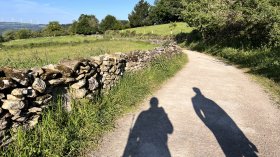
Walk and Talk is not only effective as a meeting format at your workplace. Book a Camino journey and experience a new way of expressing yourself with the help of the nature...